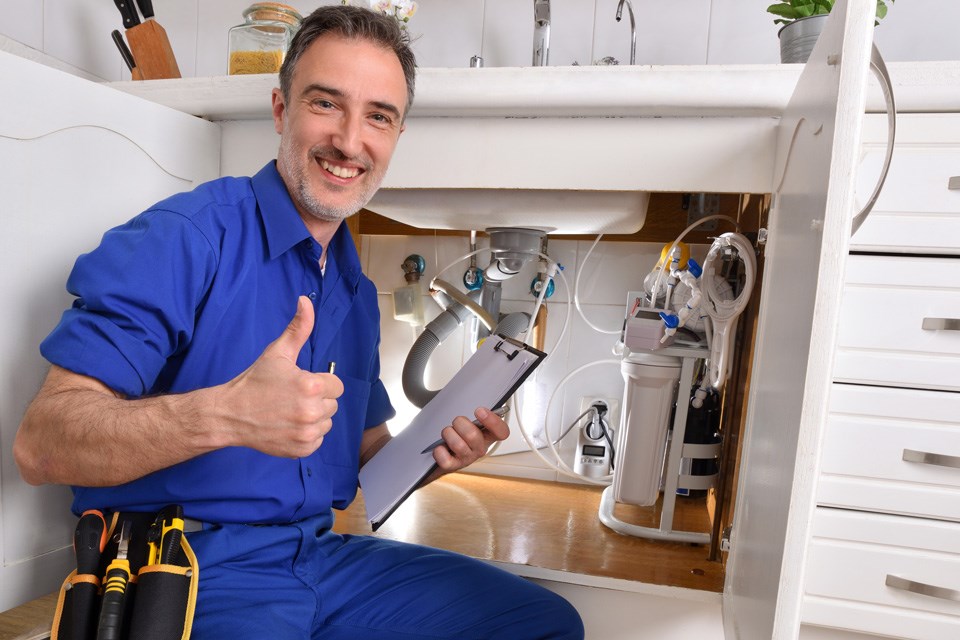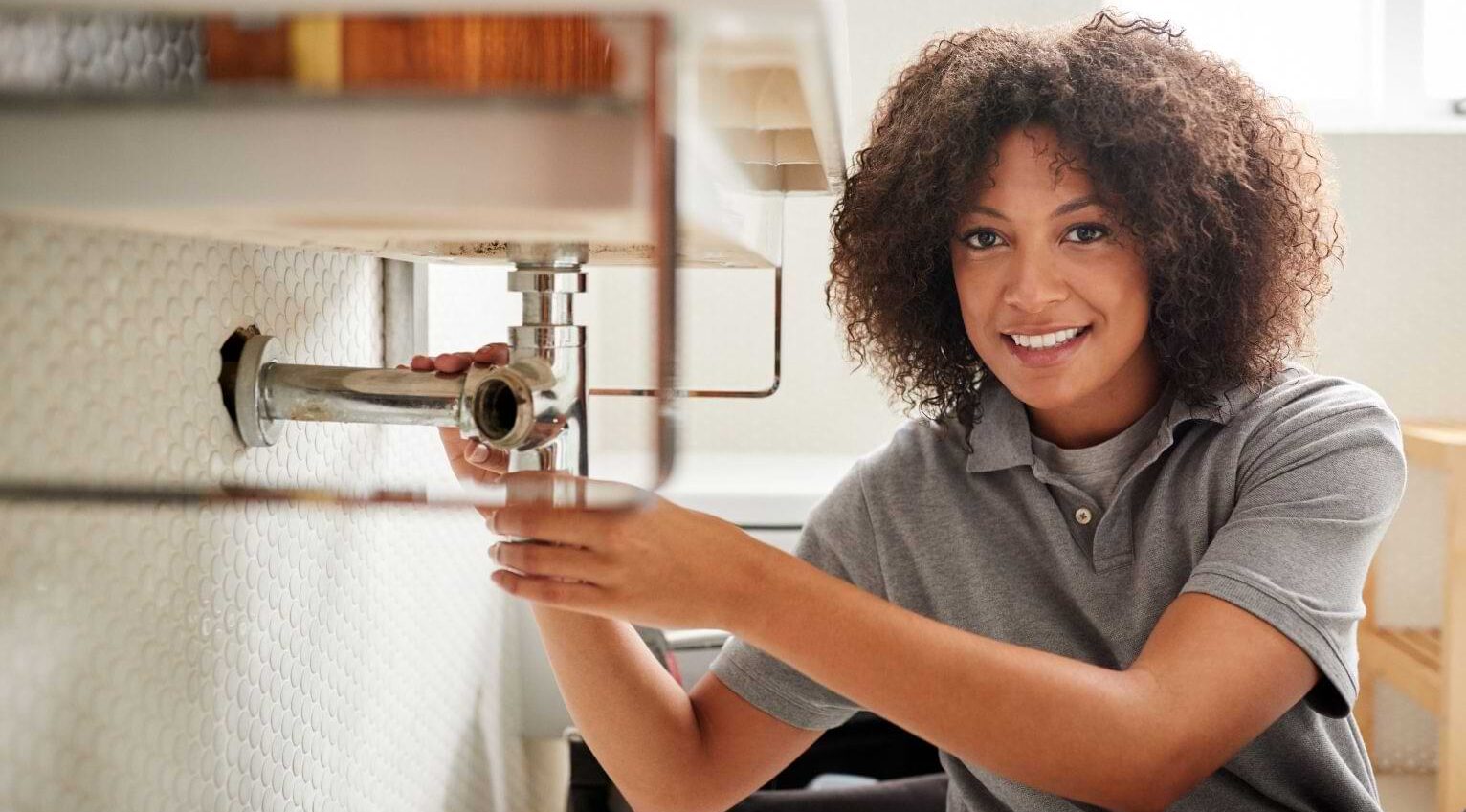Quality Water Heater Installation Alabaster AL for Ideal Convenience
A Detailed Guide to Efficient Water Heating Unit Installation for Optimal Performance
Embarking on the task of mounting a water heating system is a venture that requires precision and an organized method for attaining ideal performance. The process starts with the essential decision of picking the proper heating system customized to the specific demands of your family, considering variables such as power, kind, and size resource. As soon as picked, preparing the installation location to fulfill security requirements is extremely important. The journey does not end here. As you proceed, the ins and outs of attaching supply of water lines and setting up reputable electrical or gas links await, encouraging understandings into guaranteeing effectiveness and dependability.
Selecting the Right Water Heating System

Following, take into consideration the size and capability of the hot water heater. It's essential to evaluate your family's warm water needs, which can vary based on the variety of passengers and their use patterns. An unit that's as well tiny may bring about insufficient warm water, while an oversized design may cause unnecessary power intake.
Efficiency scores also play a crucial role in option. Seek water heaters with high Power Aspect (EF) ratings, showing remarkable efficiency and decreased energy use. Tankless designs, though generally much more expensive ahead of time, offer considerable power cost savings with time as a result of their on-demand heating capabilities.
Preparing the Setup Area
Prior to installing a brand-new water heater, thorough preparation of the setup location is necessary. This ensures a smooth installation procedure and helps stop future problems (Drain Cleaning Alabaster AL). Begin by picking an appropriate location that follows local building ordinance and security criteria. The location must be dry, well-ventilated, and obtainable for maintenance. It's crucial to gauge the space carefully to accommodate the water heater's dimensions, guaranteeing ample clearance around the device for reliable procedure and maintenance.
Following, eliminate any debris, dust, or blockages from the site to produce a tidy setting. Examine the floor for security, as the water heating system will require a strong, level surface area to run properly. If required, mount a drip pan under the device to capture possible leakages or spills, protecting against water damage to the surrounding area. In regions vulnerable to seismic task, take into consideration mounting seismic bands to secure the heating unit firmly in position.
In addition, guarantee that all essential devices and products get on hand prior to beginning the installation. This consists of things such as wrenches, screwdrivers, a level, and any additional hardware required for securing the heating system and mounting. A well-prepared installment location establishes the foundation for an effective hot water heater configuration, enhancing performance and security.
Connecting Water System Lines
When connecting water supply lines to your freshly mounted hot water heater, it is vital to make sure that all connections are safe and helpful resources leak-free to keep efficient operation and prevent water damage. Begin by identifying the chilly and warm supply of water lines. The cool water inlet is typically marked with a blue label or a "C", while the hot water electrical outlet is noted with a red tag or an "H".
Use adaptable water heating system ports to assist in a simpler installment procedure. Before attaching the adapters, put a plumbing professional's tape around the threaded ends of the water heating system's inlet and electrical outlet pipes.
As soon as connections are in place, slowly activate the primary water shutoff. Evaluate each connection for leaks by visually examining and really feeling for dampness. Tighten connections as necessary, and make certain the stress safety valve is properly mounted, securing versus too much pressure accumulation.
Establishing Electrical or Gas Links
Effectively setting up the electrical or gas links for your water heating unit is a crucial action to ensure secure and reliable procedure. For electrical water heating units, begin by confirming that the electric circuit is suitable with the heating unit's voltage and amperage needs.
For gas water heating systems, safety is paramount. Verify that the gas supply is off prior to proceeding. Connect the gas line to the hot water heater utilizing a versatile gas adapter, guaranteeing it is properly threaded and sealed with pipeline joint compound or Teflon tape appropriate for gas connections. Tighten the connections with a wrench, making sure not to over-tighten (Plumber Alabaster AL).
As soon as connections are made, examine for any kind of potential leaks. For gas lines, use a soapy water option to the joints; bubbles show a leak. For electric links, double-check that all circuitry is safe and secure and appropriately protected, maintaining compliance with regional electrical codes.
Adjusting and evaluating for Efficiency
With the electric and gas connections firmly in position, the next action is reviewing the operational performance of your hot water heater. Begin by very carefully activating the supply of water and making certain there are no leaks at any one of the valves or joints. Once validated, continue to fill up the tank, taking notice of the Get the facts stress and temperature level settings. It is advisable to establish the thermostat to a suggested temperature level of around 120 ° F(49 ° C) to balance power efficiency and convenience.
Next, do a comprehensive inspection to make sure the burner or gas burners are operating correctly. For electric heaters, use a multimeter to confirm if the aspects are drawing the appropriate existing. In gas designs, observe the burner fire; it ought to be blue and constant, showing reliable burning.
Change the settings as needed to get rid of ineffectiveness. Think about applying insulation measures, such as adding a water heating unit blanket, to better enhance efficiency by reducing warm loss. In addition, inspect the anode pole's problem, as a deteriorated pole can reduce effectiveness and cause storage tank rust.
Final Thought
Reliable water heating unit installation is essential for ensuring optimal performance and power cost savings. Securely attaching water supply lines and meticulously setting up electric or gas connections minimize potential issues.

Appropriately establishing up the electrical or gas connections for your water heating system is an important action to ensure effective and secure procedure. For electrical water heating systems, begin by confirming that the electrical circuit is suitable with the heating unit's voltage and amperage requirements. Attach the gas line to the water heating system using a flexible More hints gas connector, ensuring it is properly threaded and secured with pipe joint substance or Teflon tape suitable for gas connections.